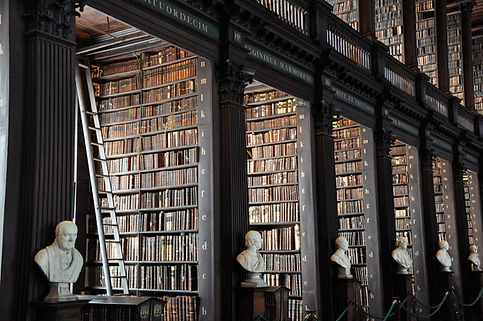ANTI-HERO
- Rabia Büke Güllü
- 20 Ara 2022
- 3 dakikada okunur
An anti-hero in literature constitutes as a character differing from a common main character in terms of stereotypical heroic qualities. Several types of anti-heroes with different outlooks exist, but the majority of them lack of conventional moralities and ideals comparing to the traditional hero archetype. These figures are sympathized by the audience although they are flawed characters with dubious morals.
Anti-heroes were first defined in 1714 as protagonists who were ostensibly “lacking in heroic aspects”. Jean Paul Sartre elaborates on this view by claiming Jean Racine’s “Phèdre” as the initial anti-hero in literature. Phèdre is a descendant of Helios, god of the Sun, and her ancestry is cursed by Aphrodite. Being the first victim of the curse, Phèdre’s mom - also Helios’ daughter - Pasiphae develops an inhumane attraction to a bull. A Racinian anti-hero is most likely to be doomed to fail before the action even happening, similar to how Phèdre is forced to embrace the wrath of the gods that opposes her and determines the course of her life. Furthermore, as a typical Racinian anti-hero she denies her own flaws and blames the oppressive environment for her immorality. Phèdre’s circumstances are mostly erupted by the gods’ influences, nevertheless her crime is just as blatant. She serves as a victim of these circumstances, while simultaneously being a victimizer for developing an incestual love for her step-son and blaming him when she is confronted about the matter. Therefore, Phèdre appears to be insignificant under the influence of environmental forces as well as succumbing to her selfish and sick desires, presenting her as a compelling and morally ambigious anti-hero.
With the Romantic literary movement, the common ideal heroes and the villains who were either entirely pure or evil were replaced with morally grey characters. Another well-known variant of anti-heroes is the great Romantic Lord Byron’s revolutionary character alignment, the Byronic heroes, who first appear in his semi-autobiographical epic narrative poem. In Emily Bronte’s Wuthering Heights, Heathcliff is the embodiment of a classic tortured Byronic hero. Heathcliff, being the adopted son of the Earnshaws, gets cruelly mistreated by his elder brother, Hindley. However, he is befriended by his foster sister, Catherine, whom he later forms an eternal bond with. A crisis in his life occurs when Catherine decides to marry their neighbour’s son, Linton, leading Heathcliff to run away from the estate. After three years of absence he returns back with a fortune and sheer power he has never possessed before. From that point onwards, his rage consumes both him and those around him, destroying the lives of both his and Catherine’s children. He desperately pursues vengeance and grows into a bitter man, tormented by his lover’s death. Heathcliff retains the incorporating elements of both a traumatized victim and a brutal villain, raising a question about whether his motives are erupted by the unfair treatment he received in his childhood or fundamentally by his own malicious nature.
Another literary motif caused by Romanticism is the “Gothic double”. Due to a resurgence of interest in mythology and folklore which addresss some notions such as duality, the term “Doppelgängers” (translated as “evil twin”) became one of the recurring themes of Gothic fiction. Alongside the juxtaposition of good and evil being situated within the same individual’s mind, they also appear as two separate entities known as the “Gothic double”. In “The Strange Case of Dr Jekyll and Mr Hyde” by Robert Louis Stevenson, the dualities of a person and the inner struggles between good and evil are discussed. The physician Dr Jekyll invents a medicine which is capable of fragmenting the purity and corruption of an individual. The medicine facilitates him to transform into Mr Hyde, which a symbol for the evil and grotesque side of him. Dr Jekyll is later consumed by the corruptedness of Mr Hyde, who solely enleashes chaos upon his life.
Anti-heroes in literature may serve both as the protagonist and antagonist when perceived from different points. They also contribute to the diversity in literature by challenging the strict taboos of literary character alignments and offering a flawed character within humanly bounds.




Comments